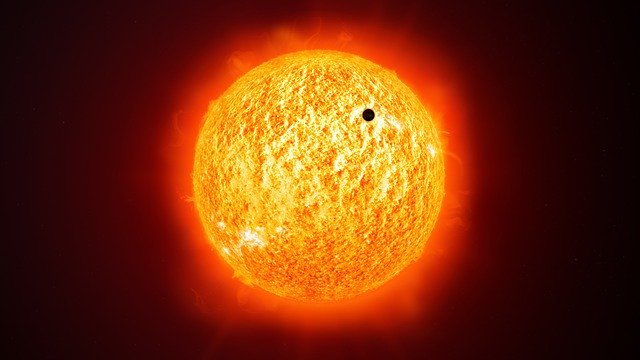
Our planetary system includes the sun and eight planets, including Earth. In addition, there are many interesting small bodies called comets and asteroids. In addition, Pluto, an asteroid (or dwarf planet), was previously included as the smallest of the planets (much smaller than our moon), but did not reach the value specified for a planet. Pluto is the farthest from the Sun and has been found to have one orbit, called Charon
.
Four of the planets in the solar system are terrestrial planets, made of rocks and metals, and located in the center of the solar system closest to the sun: Mercury, Venus, Earth, and Mars. Beyond them is another zone, a belt of planets left as waste products during planet formation. The remaining four, Jupiter, Saturn, Uranus, and Neptune, are large gas planets, similar in composition to the Sun (hydrogen and helium). These gaseous planets are followed by icy bodies (Kuiper belt and Oort cloud). With the exception of Mercury and Venus, most planets are orbited by satellites.
Mercury
What does Mercury look like? Its surface is similar to that of the ancient moon, with a rocky crust forming numerous craters, interspersed with basins of various sizes. These are dominated by massive impact basins, 1,300 km long, formed by the impact of large meteorites. Beneath the surface is a not very thick silicate mantle, and Mercury\’s interior has a very large liquid core composed of iron and nickel. As the planet rotates, electric currents are generated in the core, creating a magnetic field. Scientists explain the size of the core as a result of collisions with much larger bodies during the formation of the solar system, during which much of the planet\’s solid mantle was lost.14]
Mercury is an old, dry iron ball with no permanent atmosphere. Mercury orbits the sun with its three moons. As it does so, the planet\’s temperature varies greatly. When the Sun is overhead, temperatures reach about 430oC and drop to -170oC on the other side of Mercury.